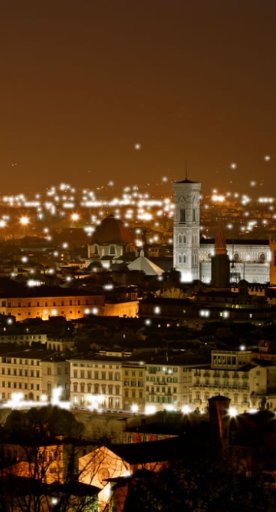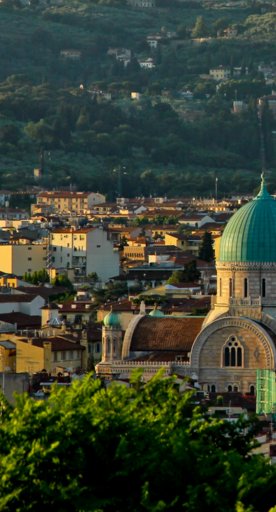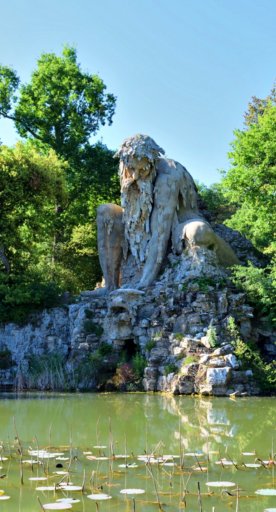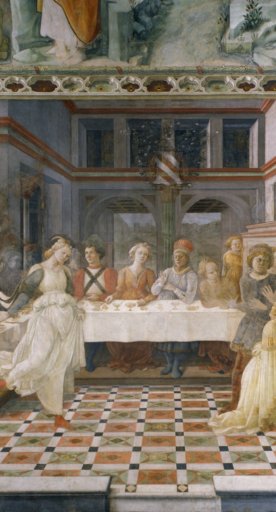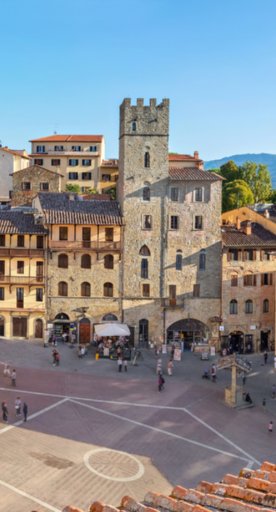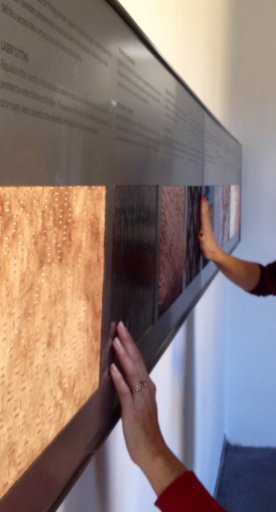

In the footsteps of Dante in the Empolese Valdelsa and Montalbano region
From Empoli to Castelfiorentino and the village of Certaldo
There are many places in Tuscany tied to the figure of Dante Alighieri and his most important work, the Divine Comedy.
These include the Empolese Valdelsa and Montalbano: from the town of Empoli to the villages of Castelfiorentino and Certaldo.
-
1.Empoli and Farinata degli Uberti
-
2.Castelfiorentino and the peace of Montaperti
-
3.Boccaccio and the castle of the Alberti counts
Empoli and Farinata degli Uberti

Our journey begins in Empoli, a town located a few kilometers from Florence: its central square is named after Farinata degli Uberti, one of the figures mentioned in the Divine Comedy.
In Canto 10 of the Inferno, Dante shows great respect for Farinata whose determination prevented the destruction of Florence after its defeat at the Battle of Montaperti. It was precisely in Empoli, in the Ghibelline Palace of the Guidi Counts, that the historic meeting took place in which the Ghibellines from Siena and Pisa proposed to raze Florence to the ground and that was opposed by Farinata, the commander of the Sienese troops and reason for their victory.
The Ghibelline Palace in Empoli still overlooks the square dedicated to him.
Castelfiorentino and the peace of Montaperti

From Empoli we move on to Castelfiorentino, a historic village linked to one of the episodes most mentioned by Dante in the Divine Comedy: the Battle of Montaperti, a dispute between the Sienese Ghibellines and Florentine Guelphs, which took place in 1260 and in which Florence was defeated.
It was in the castle of Castelfiorentino that peace was signed between the two factions on November 23, 1260.
The historic signature is now depicted on the curtain of the Teatro del Popolo in Castelfiorentino, one of the most important 19th-century theatres in Tuscany.
Boccaccio and the castle of the Alberti counts

The last stop on our journey in the footsteps of Dante in Empolese Valdelsa and Montalbano is the delightful village of Certaldo.
This town is the birthplace of one of Dante's greatest scholars, Giovanni Boccaccio. Considered one of the fathers of Italian literature, Boccaccio was one of the first admirers of Dante Alighieri and in his home, he worked on one of the commented versions of the Divina Commedia. Boccaccio's house can still be visited in the upper village of Certaldo.
The Tuscan village is also closely linked to another episode mentioned in the Divina Commedia, the Battle of Semifonte. Certaldo was in fact the seat of the castle of the Counts Alberti, allies of Semifonte and defeated by the Florentines in 1201.
The battle of Semifonte is recalled by Dante in the Divine Comedy: following the defeat, Florence ordered Certaldo to cut off the town's towers at the top, which were a symbol of defence and of the greatness of the Alberti family. The episode marked the beginning of the end of the rule of the Counts Alberti.













